Top 10 Interesting Facts about Ayatollah Khomeini
Religious scholar, Ayatollah Ruhollah Khomeini revolutionized Iran by fusing his political and religious beliefs. Khomeini became the leader of a regime he ... read more...insisted was of God after leaving exile. On the anniversary of his passing, Iranians still see Khomeini as a great leader and pay respects to his tomb. Many people only remember Ayatollah Khomeini as Iran's highest religious and political figure, but you may not be aware of the long path he took to go to power or the fact that he made many of his decisions while living in exile from Iran for more than ten years. Here are the 10 Interesting Facts about Ayatollah Khomeini that readers may not know.
-
The Islamic Republic of Iran was founded by Ayatollah Ruhollah Musavi Khomeini, who also serves as its supreme leader. He is the only head of state in the Muslim world with political and religious authority.
According to his birth certificate, the birthdate of Ruhollah Mousavi is September 24 in 1902. He was born into a Shi'ite family of scholars from the sleepy Iranian town of Khomein. Later in life, his last name comes from the village of Khomein, Mousavi adopted his village's name as his last name "Khomeini", where he was born, roughly 200 miles south of Tehran, the capital of Iran. That is the reason why his new name became known as "Ruhollah Khomeini" domestically and abroad. In the 1930s, he rose to prominence as a scholar there and adopted the name Khomayn, the name of his hometown (also spelled Khomeyn or Khomen).
In addition, the word "Ayatollah," which means "sign of God," refers to him as a scholar of religion in the Shia Muslim faith. Despite having religious undertones, his first name, Ruhollah, is common so his name means “inspired by God”. Therefore, it is considered as one of the 10 Interesting Facts about Ayatollah Khomeini that many readers do not know.
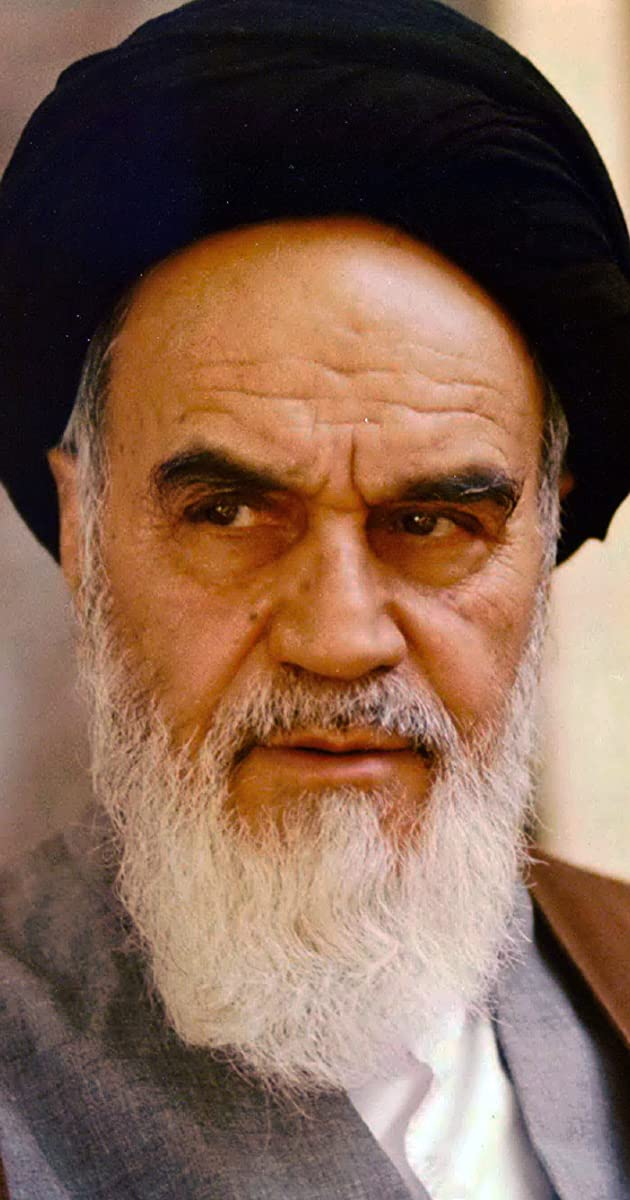
Ayatollah Ruhollah Khomeini - Photo: imdb.com 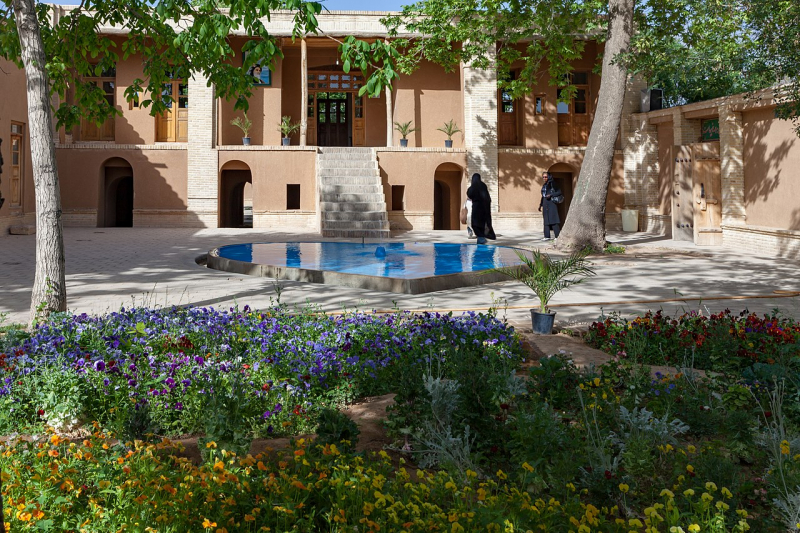
Ruhollah Khomeini's birthplace at Khomeyn - Photo: commons.wikimedia.org -
Seyed Moustafa Hindi, Khomeini's father, was killed when he was just a little child. Then, Khomeini was raised by his mother, Hajieh Agha Khanum, and his aunt, Sahebeth, when his father passed away when he was less than six months old. The sad truth about Ayatollah Khomeini, he was orphaned at 16. Both his mother and an aunt named Sahebeh passed away from cholera in 1918 in the area where he had grown up. After that, the older brother of Khomeini, Seyed Morteza, assumed leadership of the family that all responsibility for feeding the family fell on him.
The family made a claim that they were related to the Prophet Muhammad. Like their ancestors, both Ayatollah Khomeini and his brother were ardent religious scholars, and both attained Ayatollah status, granted only to the most highly educated Shi'ite professors. With the help of his family, particularly his older brother Morteza Pasandideh and his mother's cousin Ja'far, he maintained his religious education throughout his youth. That is the reason why at the age of six, Ruhollah started learning basic Persian and the Qur'an. The following year, he started going to a nearby school where he studied "Noheh Khani" (lamentation recital), religion, and other conventional topics.
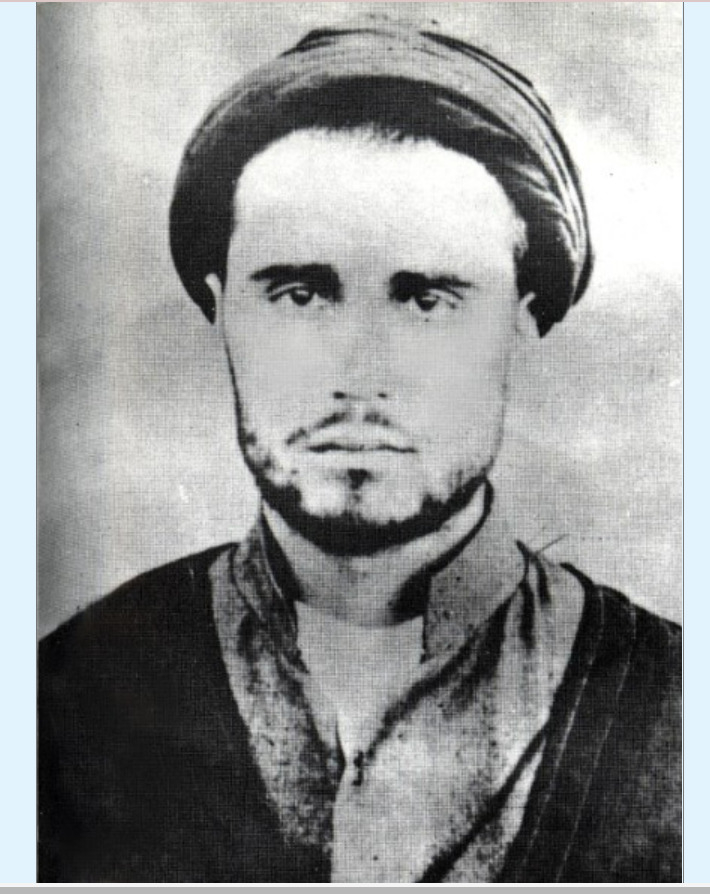
Ayatollah Khomeini in his youth - Photo: en.imam-khomeini.ir 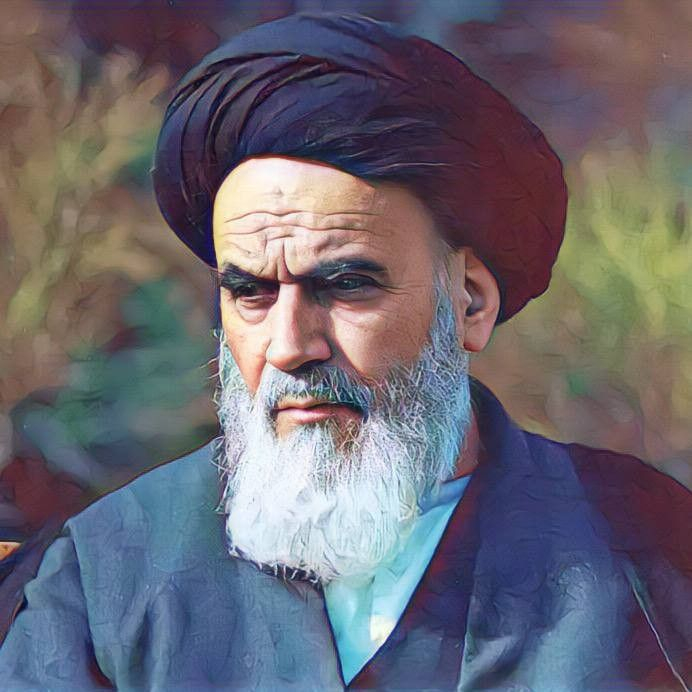
Photo: pinterest.com -
Khomeini's elder brother, who was at this point the family's leader, was aware of his propensity for religious and academic endeavors. In 1920, he made the decision to send Khomeini, then 18 years old, to Sultanabad. Khomeini would spend three years learning under the renowned Islamic scholar Yazdi Hariri. In 1923, Khomeini traveled with Ha'iri to Qom in order to further his education and mentor younger pupils.
He was educated by the best. In particular, plans had been made for him to attend the Islamic seminary in Isfahan after World War I, but he was drawn to the school in Arak. Ayatollah Abdul Karim Haeri Yazdi took over as his leader. Khomeini relocated to Arak in 1920 and started his studies there. The next year, Ayatollah Haeri Yazdi asked his pupils to join him when he relocated to the Islamic seminary in the holy city of Qom, southwest of Tehran. The offer was accepted, and Khomeini relocated to the Dar al-Shafa school in Qom. In addition to studying Islamic law (sharia) and jurisprudence (Fiqh), Khomeini had also developed an interest in poetry and philosophy at that point (Irfan).
Khomeini, therefore, sought the advice of Mirza Ali Akbar Yazdi, a specialist in philosophy and mysticism, after landing in Qom. Yazdi passed away in 1924, but Khomeini continued to study philosophy under the guidance of Rafi's Qazvini and Javad Aqa Maleki Tabrizi. However, Mulla Sadra and Ibn Arabi were among the historical Sufi mystics who may have had the greatest impact on Khomeini, in addition to another instructor, Mirza Muhammad 'Ali Shahabadi.
Plato, whose ideas "in the realm of divinity" he considered to be "grave and substantial," and Aristotle, whose philosophy he considered to be the father of logic, were both influential on Khomeini as he studied Greek philosophy. Avicenna and Mulla Sadra were the two Islamic philosophers by who Khomeini was most influenced.
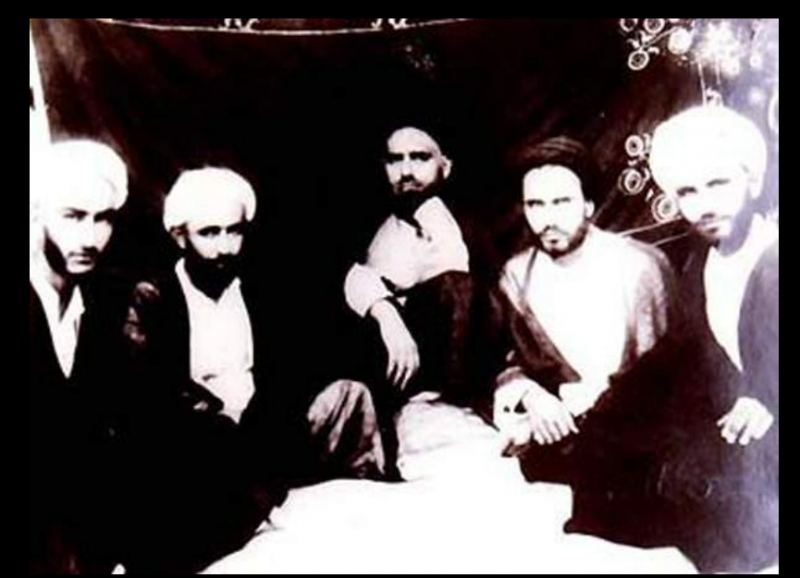
Khomeini as a student with his friends (second from right) - Photo: wikiwand.com 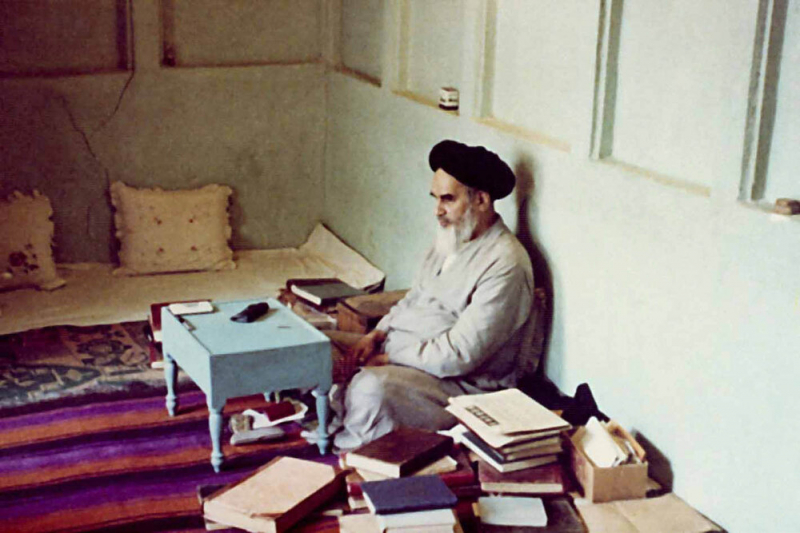
Photo: en.mehrnews.com -
When Ayatollah Boroujerdi died in 1961, Khomeini took over as Iran's most important religious figure. He attracted the interest of many Shi'ite followers with his publications on Islamic beliefs. Ayatollah Khomeini became an idol, they called him Marja-e Taqlid in English which means a model of Iranians around the world.
The ideas of Muslims like Sheikh Fazlollah Noori and Abol-Ghasem Kashani are likewise respected by Khomeini. Fazlollah Noori was revered by Khomeini as a "heroic character," and Nuri's resistance to the 1907 constitution served as the inspiration for Khomeini's own stance against constitutionalism and a secular government.
The next year, he rallied Iran's religious authorities to oppose the Shah's most recent plan. A bill supported by the Shah would have removed the requirement for officials to swear on the Qur'an. This set off a series of events that would fundamentally alter Iranian politics. Midway through 1963, Khomeini publicly attacked the Shah, claiming that the Iranian people would be pleased to see him depart the country if he hadn't reformed the country's politics. However, following that charge, Khomeini was imprisoned, which led to turmoil and a significant public uproar. The protest, which lasted for a week, was suppressed by the strong military force of the Shah government.
Khomeini went back to Qom after his release from jail. The Shah maintained his diplomatic connections with the US, which at the time was also engaged in Israeli politics. As a result, Khomeini predicted that the Jews would seize control of Iran, while the US believed that Iranians were Western slaves. After that incident, he was detained, sent back to Turkey, and forbidden from donning his customary religious attire there. Unable to bear the bondage and oppression, he moved to Iraq and lived there for the next 12 years.
Why was Ayatollah Khomeini such an appealing figure to Iranians? - Video: Choices Program Iranians visit Imam Khomeini's mausoleum on his 33rd passing anniversary - Video: VoV News -
For more than 14 years, Ayatollah Khomeini had been in exile, mostly in the Iraqi holy city of Najaf. On November 4, 1964, he was originally dispatched to Turkey, where he spent less than a year in Bursa. After then, he was welcomed at his home by Turkish Colonel Ali Cetiner of the Turkish military intelligence organization.
He was then given permission to go to Najaf, Iraq, in October 1965, and he stayed there up until Vice President Saddam Hossein forcibly ordered him to leave in 1978. He then moved to Neauphle le Château in France.
Ayatollah Khomeini delivered a series of lectures on the Islamic government in Najaf in the early 1970s while having been in exile, these lectures were eventually collected in a book with the working titles Islamic government or right guardian of Islamic jurists. One of his most well-known and significant pieces expressing his opinions on government at the time is this one.
However, Ayatollah Khomeini took cautious not to spread his views on clerical control outside of his Muslim network, which he developed and solidified over the course of the following decade. Copies of lectures on cassette that vehemently criticized the Shah, such as "Jewish agent, American snake struck by a rock," gained popularity in the Iranian market and contributed to the fall of the Shah's and his reign's dignity.
Ayatollah Khomeini's reputation and power developed with the opposition. Reporters, admirers, and celebrities clamored to interview him during the final few months of his life in exile in order to learn more about the spiritual leader of the revolution.
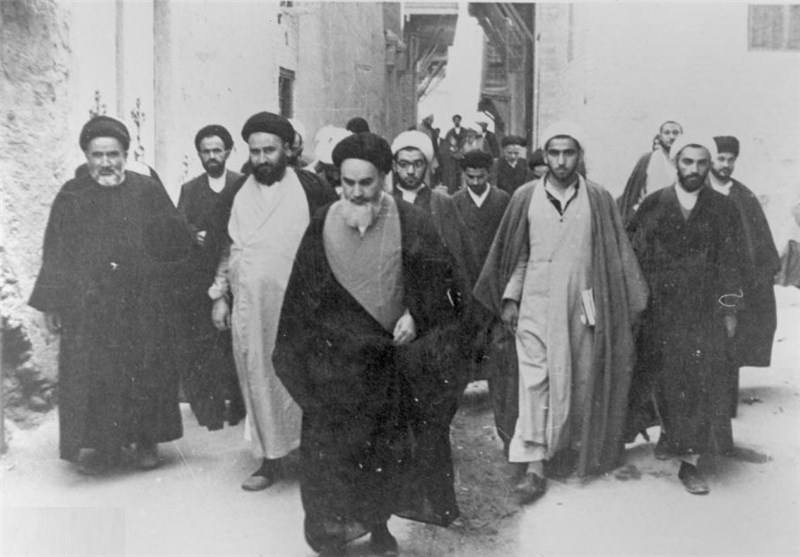
Ayatollah Khomeini in Najaf during exile - Photo: en.imam-khomeini.ir Ayatollah Khomeini returned home after more than 14 years in exile - Video: Islamic Adore -
One of the 10 Interesting Facts about Ayatollah Khomeini is that he influenced Iran even in exile. In particular, Khomeini’s supporters continued to protest in Iran in the mid-to-late 70s, despite the religious leader not being allowed in his home country. Because of the continued protests, the Shah of Iran met with Iraqi officials to have Khomeini move further away from Iran. He hoped that by removing Khomeini from the area, he could remove the influence on Iran’s people. However, the Iraqi military gave Khomeini a choice: stop all political activities or leave the country. The Shah's strategy failed, and Khomeini relocated to Paris and would only be there for a short time.
His stature and significance increased as the number of demonstrations soared. Khomeini directed the revolution even though he was in Paris, thousands of miles from Iran, by urging Iranians to reject compromise and demanding an end to activities against the government. Khomeini received a continuous stream of reporters, admirers, and celebrities anxious to speak with the spiritual leader of the revolution during the last few months of his exile.
Ervand Abrahamian, a historian, claims that Khomeini created a "clerical populist interpretation of Shii Islam" while in exile. Khomeini changed the traditional Shii view of Islam in a variety of ways, such as advocating the common good of most religions aggressively, vehemently stating that the monastery is seizing power so that it may implement shari'a, and inciting his adherents to resist. Despite their divergent ideologies, Khomeini also formed an alliance with the Iranian Mujahedin People's Party and started sponsoring their violent campaigns against the Shah in the early 1970s.
Khomeini was also hailed as a charismatic leader of immense popularity, a politician fighting for the Islamic renaissance of Shia scholars, who worked to establish friendly relations between the Sunni and the Shias, and an innovator in religiously oriented political theory and strategy.
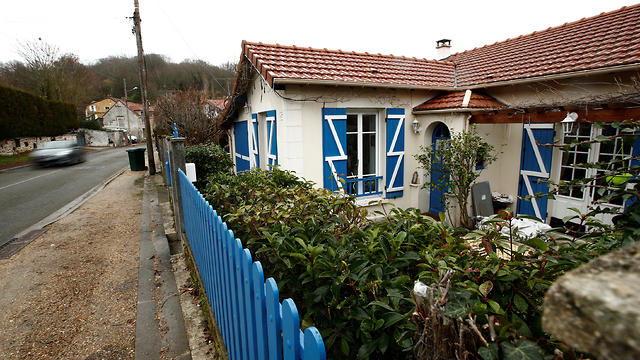
Ayatollah Khomeini lived in exile in a simple house in Neauphle-le-Chateau, west of Paris - Photo: ynetnews.com 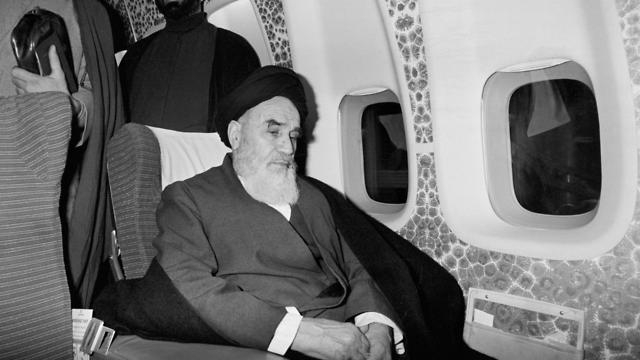
Ayatollah Ruhollah Khomeini sat inside a plane in Paris before flying back to Iran after 14 years in exile - Photo: ynetnews.com -
Khomeini still wields great influence in Iran even while he resides in Paris. The Shah had once more requested assistance from the United States since there were riots in the streets. The Shah fled Iran as the Iranian Revolution gained momentum to escape the political turbulence and was granted refuge in the United States.
During the Shah's reign, Ayatollah Khomeini was not allowed to return to Iran because he was in exile. However, Khomeini triumphantly returned to Iran on Thursday, February 1, 1979, amid the cheers of an estimated five million people, just two weeks after the Shah left the country on January 16, 1979. Actually, Ayatollah Khomeini was supposed to arrive in Iran on January 26, but Prime Minister Shapour Bakhtiar declared that the airports would be closed. Khomeini stated he would go from Paris and return as soon as the airports were reopened. There were several demonstrations and strikes once the airports were shut down. 28 individuals were slain in Tehran alone. The airport was reopened on January 29.
Khomeini chose Medhi Bazargan as his first prime minister on February 11, 1979. A referendum was held in Iran on March 30, 1979, and the Islamic Republic eventually succeeded the monarchy. Ayatollah Khomeini was appointed Supreme Leader of Iran following the Islamic Revolution.
Khomeini returned to Iran with the aim of rebuilding the country as it had long been desired, and was greeted by loving supporters and a country willing to change under his leadership. Although not living in Iran, people here still believe in him and consider him a great leader. He is regarded by many Iranians as the uprising's spiritual and political leader. Additionally, the incident when Khomeini's face appeared on the moon demonstrates how by the end of 1978, Iran began to view him more and more as the messiah. Ayatollah Khomeini was still appointed Supreme Leader of Iran without being there. This is really an Interesting Fact about Ayatollah Khomeini in his political career.
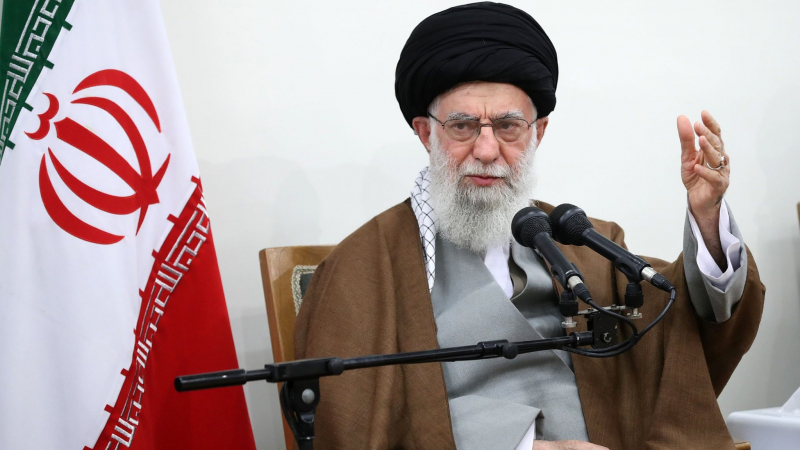
Ayatollah Khomeini in a speech - Photo: bbc.com Return of Imam Khomeini to Iran on Feb 1, 1979 - Video: baharaan -
Ayatollah Khomeini believed in the global spread of his revolution as well as Muslim brotherhood and cooperation. He held that one of the main objectives of the revolution should be to build an Islamic state all over the world, which should be done in cooperation with the far larger number of Sunni Muslims. The week between the 12th and the 17th of Rabi' al-Awwal was designated as Unity Week, commemorating the birth of Muhammad. In 1981, Ayatollah Khomeini declared the last Friday of the holy month of Ramadan as the International Day of Quds and urged the Muslim world to demonstrate solidarity with the oppressed people of Palestine and to protect their rights a few months after the revolution's triumph in the month of Ramadan 1399 ie August 1979.
Since then, large-scale protests and rallies are organized on this day in Iran and other nations to demonstrate sympathy for Palestinians. International Day of Quds is celebrated on this day every year that is dedicated to commemorating the ideals of truth, justice, and victory for the oppressed and tyrannized, three of the most essential concerns that are of great significance to the broader Islamic world as well as those who support and promote humanity.
For all Muslims, Quds day is a day of vigilance. They must remember this day. If every Muslim, every member of the Muslim country, participated in the demonstration and march on Quds Day on the final Friday of Ramadan, that would be the beginning of God's plan to halt the corrupt and drive them out of Muslim governments. Ayatollah Khomeini hopes that on the final Friday of the holy month of Ramadan, Muslims everywhere will celebrate Quds Day by organizing rallies, congregations, and demonstrations; assembling in mosques; and shouting slogans. Islam observes Quds Day as a day of universal Muslim mobilization. This is how Imam Khomeini emphasizes the importance and dimensions of Muslims across the world, including Muslims and non-Muslims, renewing the International Day of Quds.
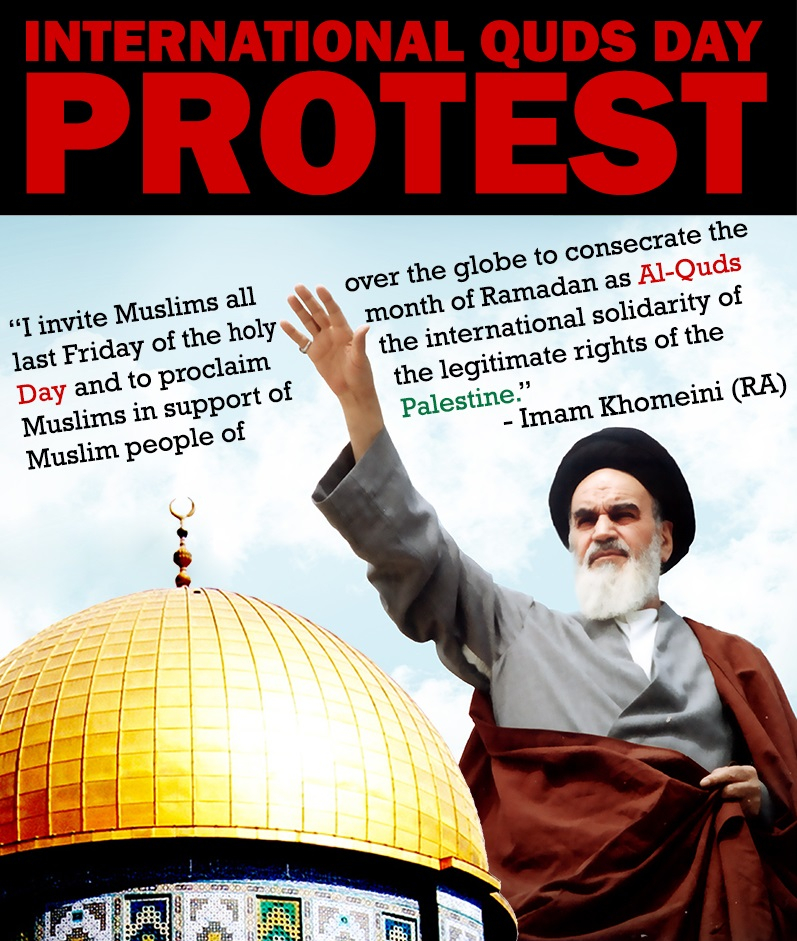
the Campaign for International Quds Day - Photo: en.hawzahnews.com Quds Day: Tens of thousands march in solidarity with Palestinians - Video: Al Jazeera English -
The days leading up to Khomeini's death saw his health worsen. Ayatollah Khomeini, who had spent the previous eleven days in hospital in Jamaran following surgery to stop internal bleeding, died of cancer at the age of 89, just before midnight on 3 June 1989, after 5 heart attacks within 10 days. Iranians gathered in the towns and streets to express their sorrow at Imam Khomeini's passing. Imam Khomeini's burial was attended by more than 10 million people from all around the nation, making it one of the biggest funerals in history. In order to openly grieve his passing, many Iranians flocked to the streets, where fire vehicles doused the throngs with water to keep them cool during the sweltering July heat.
On June 11, 1989, 10.2 million people lined the 32-kilometer (20-mile) path to Tehran's Behesht-e Zahra cemetery to attend Ayatollah Ruhollah Khomeini's burial, according to official figures from Iran, especially, 2 million visited the body while it lay in the state to pay their respects.
Ayatollah Seyyed Ali Khamenei was chosen as Imam Khomeini's successor on June 4, 1989, by the Assembly of Experts in conformity with the Constitution. Every year on June 4, Iran celebrates the death of Imam Khomeini as a national holiday. Every year, a ceremony on this anniversary features a speech from the president of the Islamic Republic of Iran in memory of the great leader who contributed to the Iranian revolution.
Death Of Khomeini - Video: AP Archive 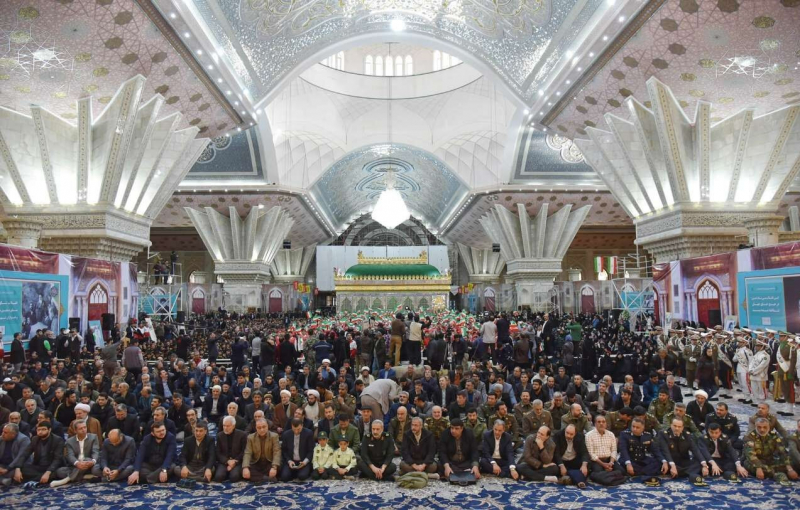
The 33rd demise anniversary of Khomeini at the mausoleum of Imam Khomeini (RA) in southern Tehran - Photo: en.irna.ir -
When Ayatollah Khomeini describes himself as a "champion of Islamic revival" and unity, he emphasized matters on which Muslims might agree, such as the struggle against Zionism and imperialism, while downplaying Shia-specific concerns that would cause Shia and Sunni to disagree. Khomeini was adamantly opposed to having intimate ties with either Eastern or Western Bloc countries because he thought the Islamic world should form its own bloc or merge into a single, undivided force.
He believed that Western culture was essentially decadent and that it corrupted young people. Western pop culture was restricted or outlawed in the Islamic Republic, including popular music, movies, and books. He is credited with turning Islam into the virtual face of Western popular culture, inspiring dread and mistrust of Islam, and turning the title "Ayatollah" into a colloquialism meaning a dangerous lunatic in the West.
This has been the case, notably, in the United States, where several Iranians have stated that they felt compelled to conceal their nationality, even at colleges, out of concern for physical attack. There, Khomeini and the Islamic Republic are blamed for the hostage-taking at the American embassy, accused of funding terrorist acts and hostage-taking, and they continue to impose economic sanctions on Iran."We say unity, they seek division" - Ayatollah Khamenei - Video: AmiSen 313 Ayatollah Khomeini - Islamic Supreme Leader and Dictatorship - Video: iranstaysalive































